1. The Alnwick Poison Garden, England
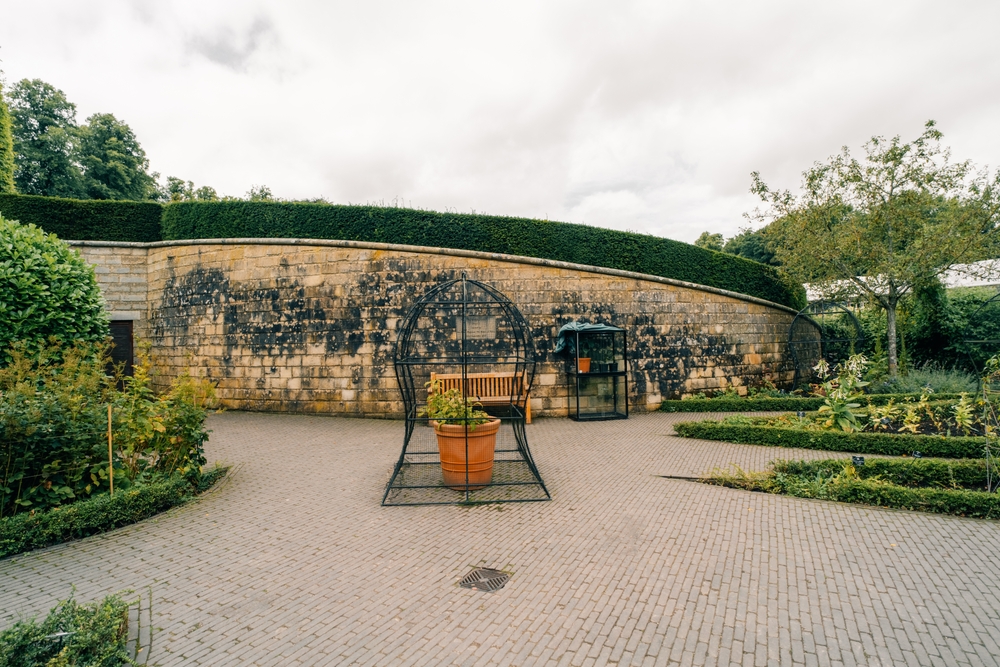
Step through the iron gates of Alnwick Poison Garden, and you’re instantly greeted by a chilling warning: “These plants can kill.” This isn’t your average botanical garden. Nestled within the grounds of Alnwick Castle in England, this eerie collection of deadly flora was designed with one purpose—to educate visitors about the world’s most toxic plants. Every single plant in this garden has the potential to kill or seriously harm you, and some are so dangerous that guests are strictly forbidden from smelling or even touching them.
What makes Alnwick particularly terrifying is how unassuming its killers are. You’ll find common plants like foxglove and hemlock, ones that could easily be growing in your grandmother’s backyard, yet they contain potent toxins that have been used for centuries in assassinations and poisonings. The infamous Deadly Nightshade, also known as belladonna, sits quietly among the foliage, a single berry containing enough poison to kill a child. Even seemingly harmless laurel hedges release cyanide when crushed. The garden guides—trained in handling these botanical murderers—share gruesome tales of historical poisonings, leaving you questioning just how safe your own backyard truly is.
2. The Poison Garden of Blarney Castle, Ireland
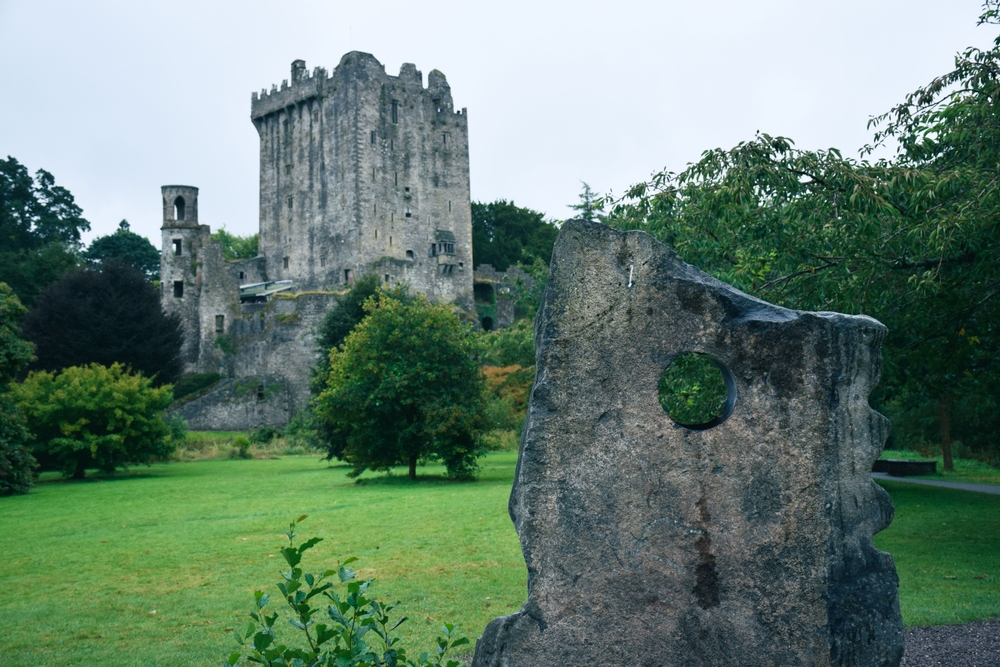
Most people visit Blarney Castle in Ireland to kiss the legendary Blarney Stone, hoping to gain the “gift of gab.” But hidden within the castle’s grounds is something far more sinister—the Poison Garden, home to a collection of plants so lethal they have been linked to everything from ancient witchcraft to modern crime. Tucked away behind protective railings, the plants here aren’t just dangerous—they’re infamous. From opium poppies to deadly aconite, also known as “monkshood” or “wolf’s bane,” this garden is a haunting reminder of nature’s darker side.
One of the most unnerving plants found here is ricin-producing castor bean, a key ingredient in one of the world’s deadliest poisons. Visitors are warned to keep their distance, as even accidental contact with some of these plants can cause severe illness or worse. Despite the danger, the garden is designed to be a place of learning, teaching visitors about the use of poisonous plants in both medicine and murder throughout history. It’s a fascinating paradox—a garden meant to educate, yet filled with plants that could end your life with a single misstep.
3. The Botanical Garden of Padua, Italy
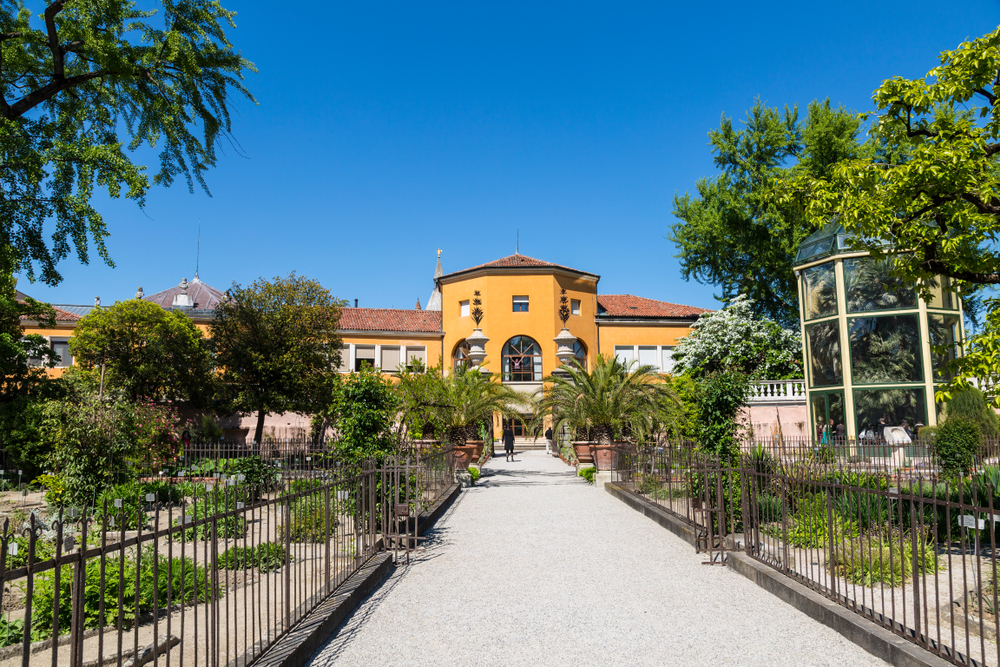
Imagine walking through a garden so ancient that Galileo himself once studied its plants. That’s the reality of the Botanical Garden of Padua, a UNESCO-listed site founded in 1545, making it the oldest academic botanical garden in existence. While it’s primarily known for its role in medicinal plant research, it also harbors some of the deadliest flora on the planet. Tucked within its carefully maintained beds, you’ll find infamous killers like Atropa belladonna (deadly nightshade), Aconitum (wolfsbane), and Ricinus communis (castor bean plant)—each capable of ending a life with just a small dose. These plants were once studied by alchemists and early pharmacists who sought both cures and poisons within their leaves and roots. Today, their presence reminds visitors of the fine line between medicine and death.
The eerie part? Some of these toxic plants have histories tied to assassinations and witchcraft. Deadly nightshade, for example, was used in ancient Rome to poison enemies, while wolfsbane earned its name from being laced on arrow tips to kill predators (and occasionally, unwanted rulers). Despite its dark side, the Botanical Garden of Padua remains a mesmerizing place, offering guided tours that explain how these lethal plants have shaped medical and botanical sciences. If you dare to visit, tread carefully—because even a brush against some of these plants can lead to serious consequences.
4. The Leipzig Poison Garden, Germany
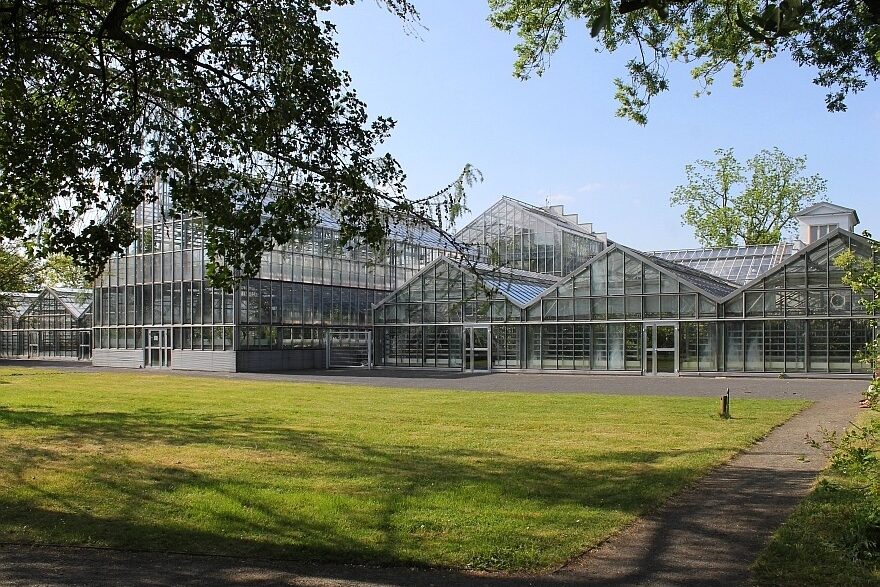
Unlike most poison gardens, which focus on folklore and history, the Leipzig Poison Garden in Germany is all about science. Part of the University of Leipzig’s botanical research department, this garden isn’t just for show—it’s used by scientists studying the medical and toxic properties of deadly plants. While it’s open to visitors, you won’t find any casual tourists wandering through here without supervision. Every plant is carefully monitored, some kept behind glass enclosures to prevent accidental exposure.
One of the garden’s most infamous specimens is the yew tree, known for its deceptively inviting red berries, which hide a toxic seed capable of stopping the heart. There’s also the strikingly beautiful yet highly poisonous angel’s trumpet, which can cause intense hallucinations followed by coma and death. Leipzig’s garden serves as a reminder that even the deadliest plants can have beneficial uses—scientists here are actively studying some of these toxins for their potential in cancer treatment and pain management. It’s proof that the line between poison and medicine is razor-thin, and nature holds secrets that we’ve only begun to uncover.
5. Hortus Botanicus Leiden, Netherlands
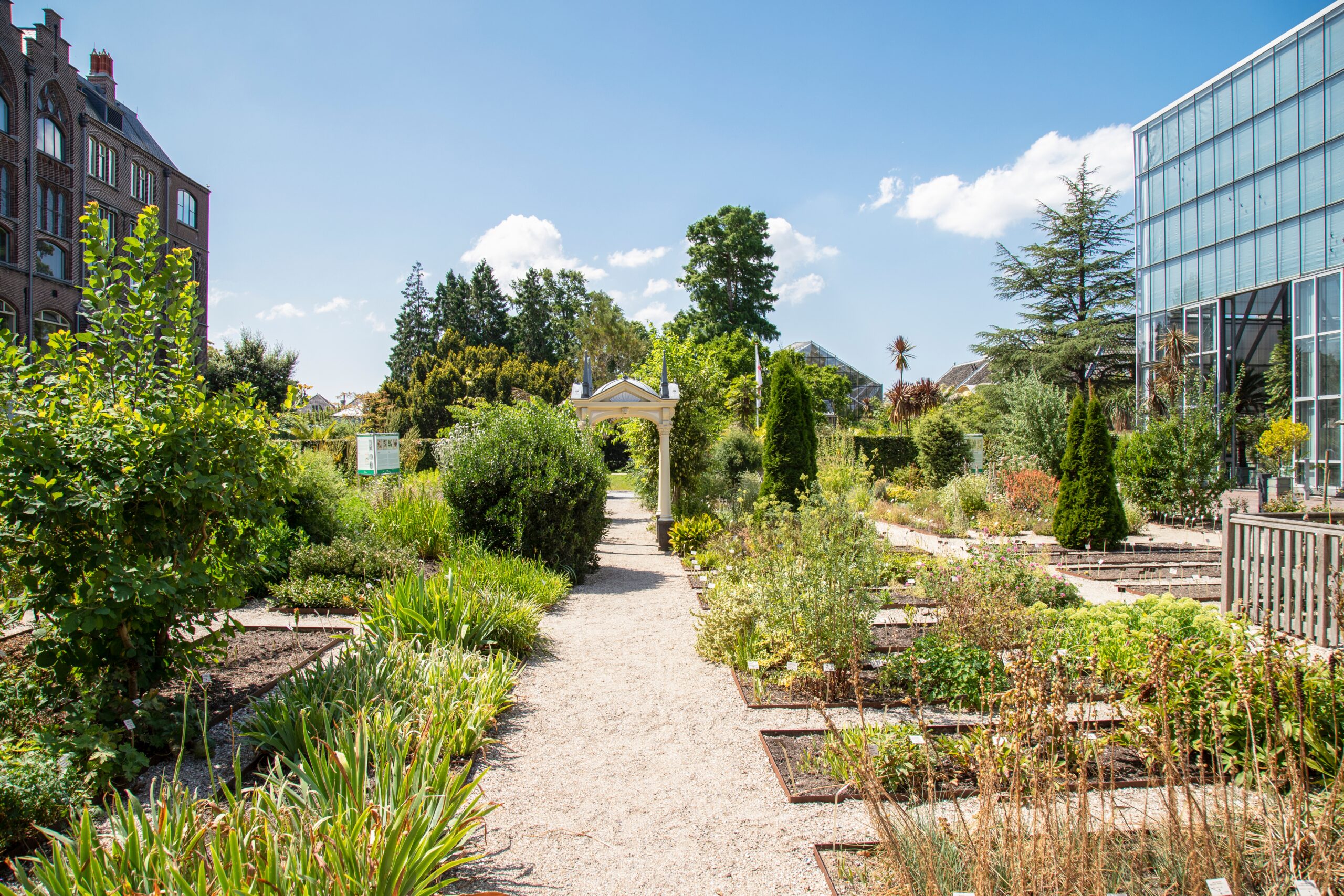
Tucked away in the historic city of Leiden, Netherlands, Hortus Botanicus Leiden is the oldest botanical garden in Western Europe, dating back to 1590. While most visitors come to admire its exotic plant collections and centuries-old trees, few realize that this serene paradise also harbors a sinister secret—a section dedicated to some of the world’s most poisonous plants. This garden isn’t just a collection of flora; it’s a living museum of nature’s deadliest creations, featuring a wide array of toxic species with histories steeped in both medicine and murder.
Among its most infamous residents is Atropa belladonna, also known as deadly nightshade, a plant historically used by assassins due to its ability to cause hallucinations, paralysis, and death. You’ll also find Datura stramonium (jimsonweed), a plant so potent that even brushing against it can cause dizziness and nausea. One of the most fascinating yet terrifying specimens is the castor bean plant, whose seeds contain ricin, one of the most lethal natural poisons known to science. What makes this place even more intriguing is that many of these plants have been used in both healing and harm—highlighting the fine line between medicine and poison. For those daring enough to visit, Hortus Botanicus Leiden offers an eerie glimpse into the dark side of botany, where beauty and danger grow side by side.
6. National Tropical Botanical Garden, Hawaii, USA
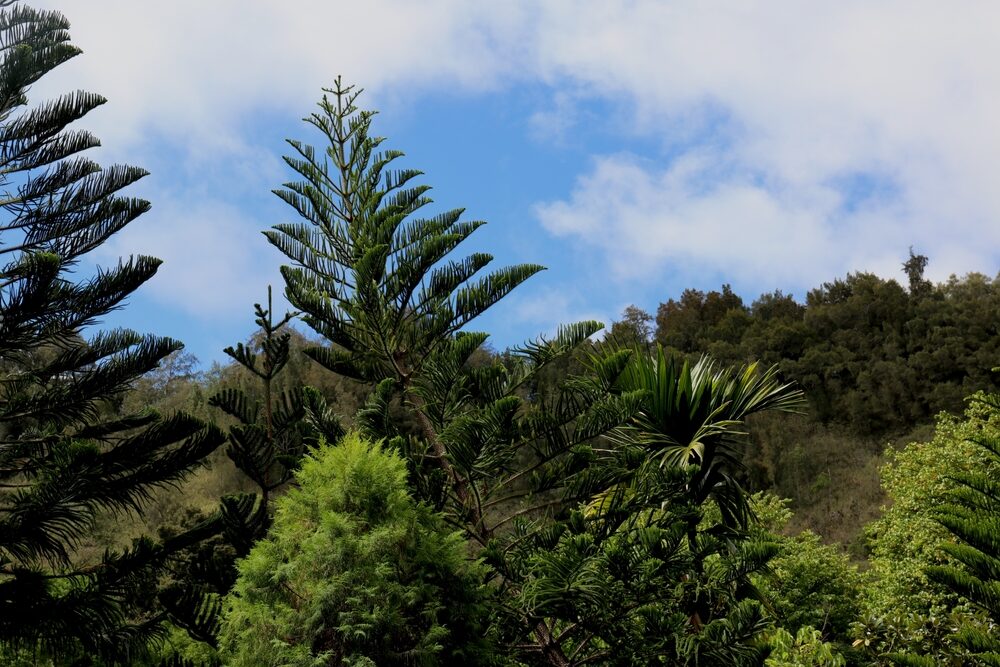
Hawaii is often thought of as a tropical paradise, but the National Tropical Botanical Garden (NTBG) hides a much darker side amid its lush landscapes. Spread across five breathtaking locations in Hawaii, this conservation-focused garden is home to some of the most beautiful yet toxic plants on Earth. While visitors come for the rare and endangered flora, many are unaware that they are also surrounded by plants capable of causing intense pain, paralysis, or even death.
One of the most notorious plants here is the rosary pea (Abrus precatorius), whose tiny red seeds contain abrin, a toxin far more potent than ricin. Even a single crushed seed can be fatal if ingested. The garden also houses the Manchineel tree, often called the “Tree of Death.” Just standing beneath it during a rainstorm can cause blisters and burns, thanks to its caustic sap. Another silent killer is the oleander, a plant so deadly that ingesting even a single leaf can stop the heart. Despite its dangers, NTBG serves an essential role in educating visitors about the fine line between medicinal and poisonous plants. It’s a must-visit for thrill-seekers and plant lovers alike—as long as you don’t touch anything.
7. Jardín Botánico Nacional, Dominican Republic
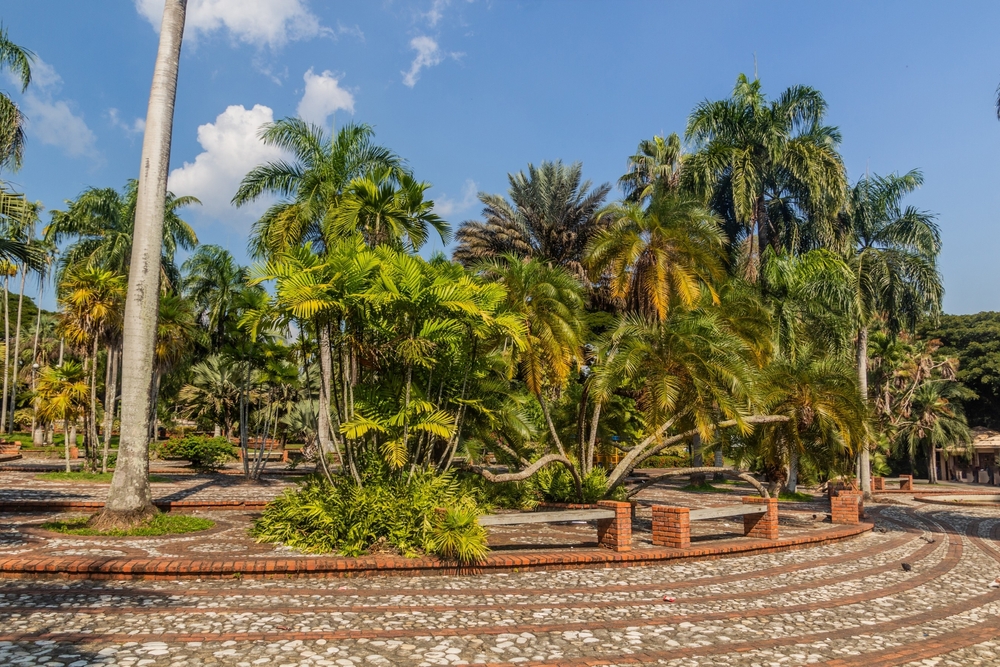
At first glance, Jardín Botánico Nacional in the Dominican Republic is a tropical haven bursting with vibrant flowers, towering palms, and exotic plant species. As the largest botanical garden in the Caribbean, it’s a paradise for nature lovers, offering serene Japanese gardens, aromatic orchid displays, and rare plant collections. But hidden among its lush greenery are some of the most dangerous plants known to humankind—plants so toxic that even minimal contact could lead to severe consequences.
One of the deadliest residents here is the cerbera odollam, also known as the “Suicide Tree.” Native to tropical regions, its seeds contain cerberin, a powerful toxin that disrupts heart function, often with fatal results. Another peril lurking in the garden is the castor bean plant (Ricinus communis), whose seeds contain ricin, one of the most toxic substances on Earth. Even brushing against giant hogweed, another resident of the garden, can leave visitors with blistering burns and long-lasting scars when exposed to sunlight. Despite its dangers, this botanical garden remains a breathtaking destination—just don’t let its beauty fool you. It’s a place where nature’s wonders and lethal secrets coexist, reminding visitors of the fine balance between life and death in the plant kingdom.


